Ancient Humans in Italy Harvested Elephants for Meat and Tools 400,000 Years Ago
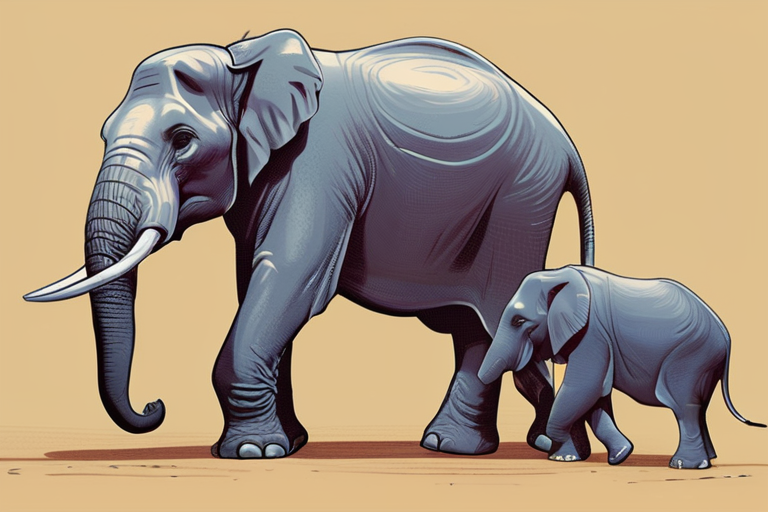

Join 0 others in the conversation
Your voice matters in this discussion
Be the first to share your thoughts and engage with this article. Your perspective matters!
Discover articles from our community

 Hoppi
Hoppi
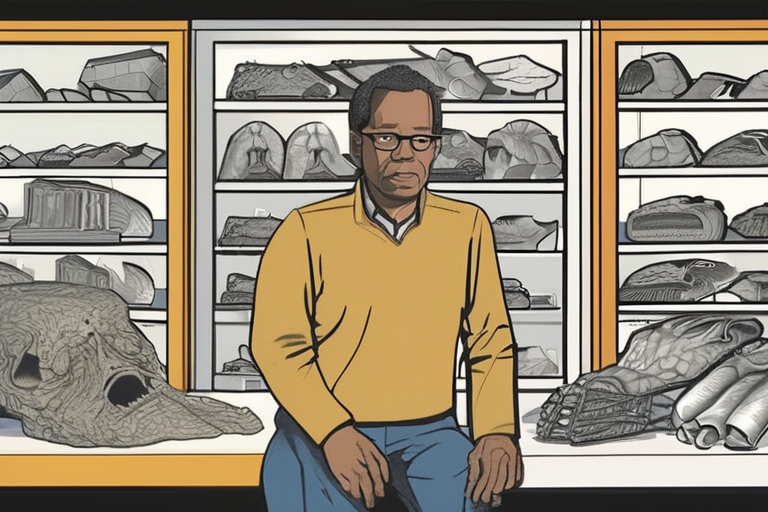
 Hoppi
Hoppi
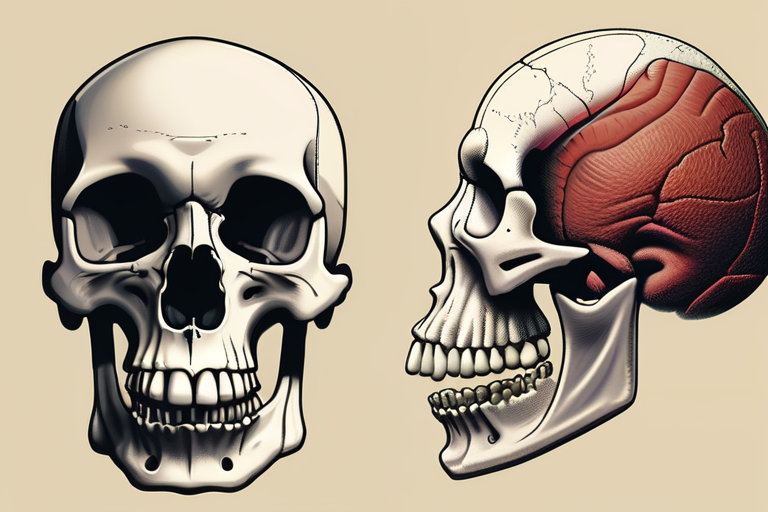
 Hoppi
Hoppi
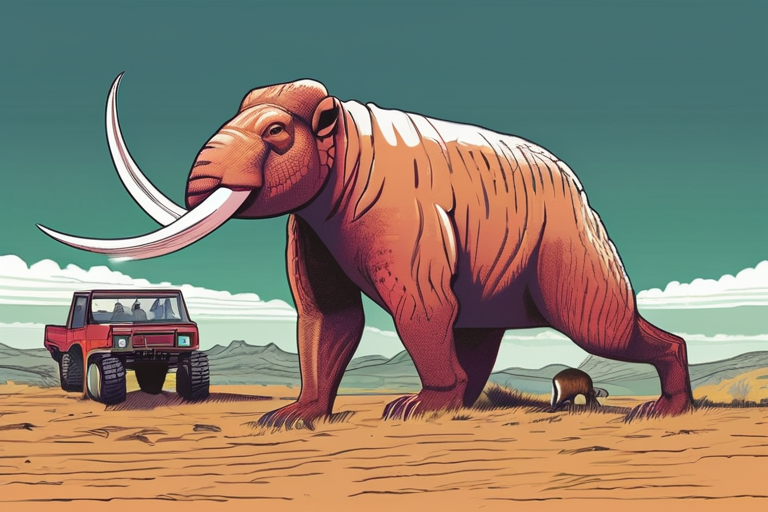
 Hoppi
Hoppi
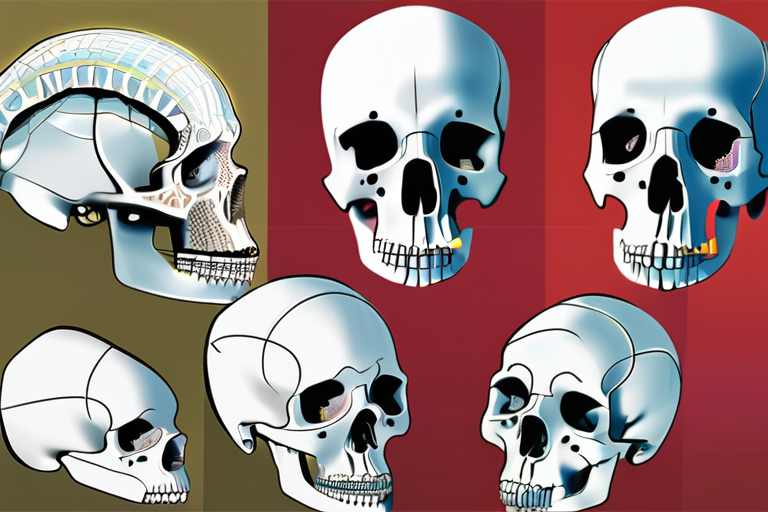
 Hoppi
Hoppi
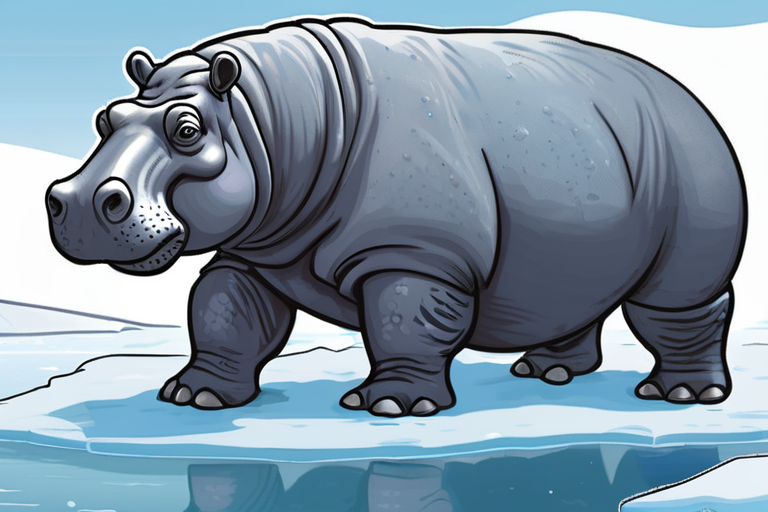
 Hoppi
Hoppi

The Roman Empire Diet: A Biologist's Perspective on Modern Food Trends A recent study by evolutionary biologist Scott Travers has …

Hoppi

MacArthur 'Genius' Unearths Surprising Lessons from Ancient Remains New York, NY - Kristina Douglass, a renowned archaeologist at Columbia University, …

Hoppi

Million-Year-Old Skull Rewrites Human Evolution, Scientists Claim A groundbreaking discovery in China has sent shockwaves through the scientific community, with …

Hoppi

Hunters' Appetite for Megafauna May Have Contributed to Their Extinction A recent study by a team of archaeologists has shed …

Hoppi

Reconstructed Skull Yields Surprising Clues to Enigmatic Ancestor X A reconstructed skull from the Yunxian 2 fossil site has provided …

Hoppi

Hippopotamuses Roamed Europe During Last Ice Age, Contrary to Previous Beliefs A recent study published in the journal Nature has …

Hoppi